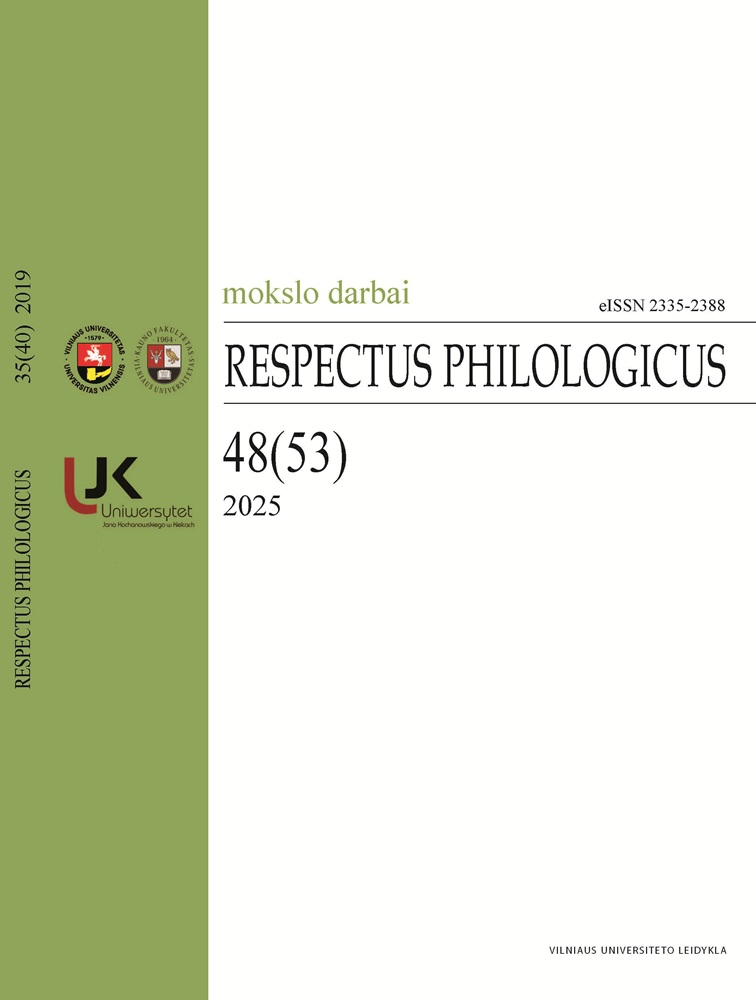Abstract
Stylistic neologisms (SN), new words crafted to achieve pragmatic effects, pose significant challenges for translators, particularly between typologically distant languages like English and Ukrainian. With advances in machine translation (MT), evaluating its handling of SNs – especially vs. human translation (HT) – is crucial. Despite growing research on HT vs MT of neologisms, studies focusing on English > Ukrainian translation remain absent, leaving a critical research gap. This study addresses this gap by analysing how HT and MT rendered SNs formed through various morphological patterns in English language chick (ELCL) into Ukrainian. The findings reveal that while HT demonstrated exceptional abilities to creatively render English language SNs into Ukrainian, MT lacked creative and cultural sensitivity. MT exhibited an error rate of over 80%, significantly higher than HT’s 14%, with the most frequent errors occurring with loss of connotative meaning and incorrect word formation. The lack of innovation and contextual awareness in MT outputs underscores the necessity for algorithmic advancements and post-editing strategies to improve the rendering of SNs in literary translation.

